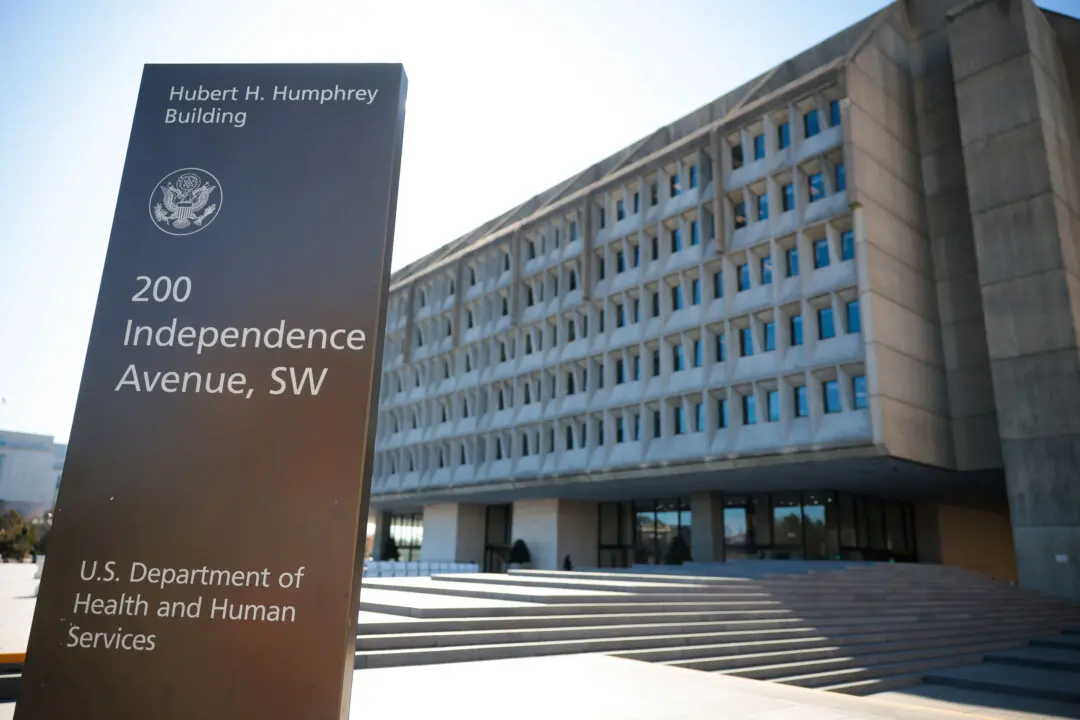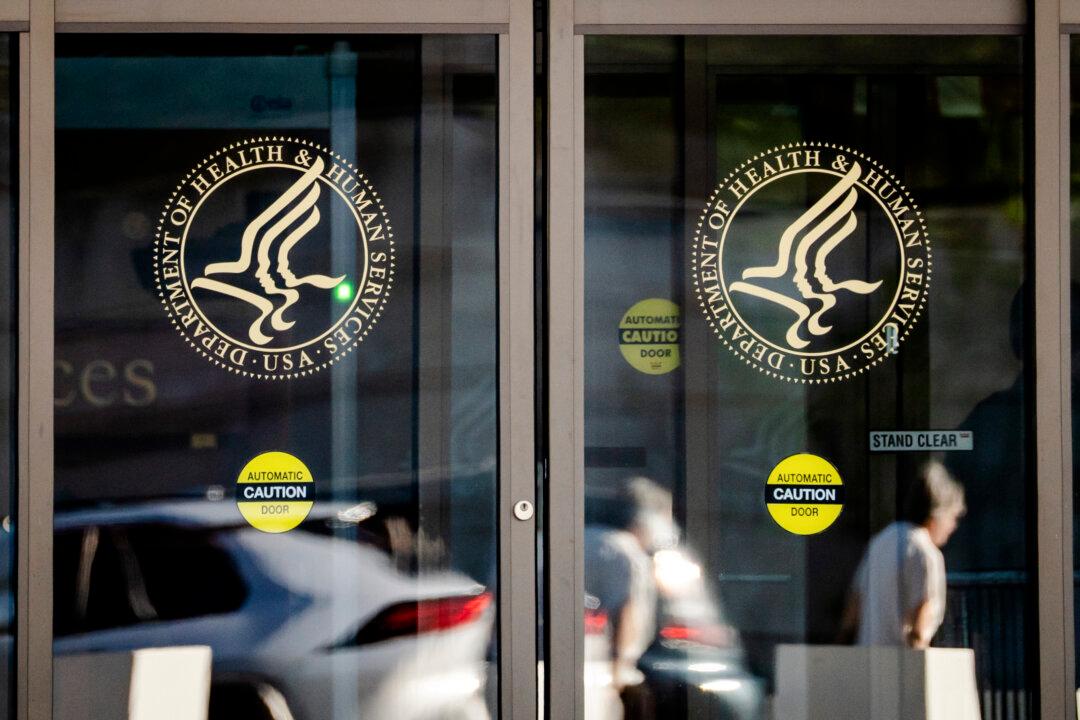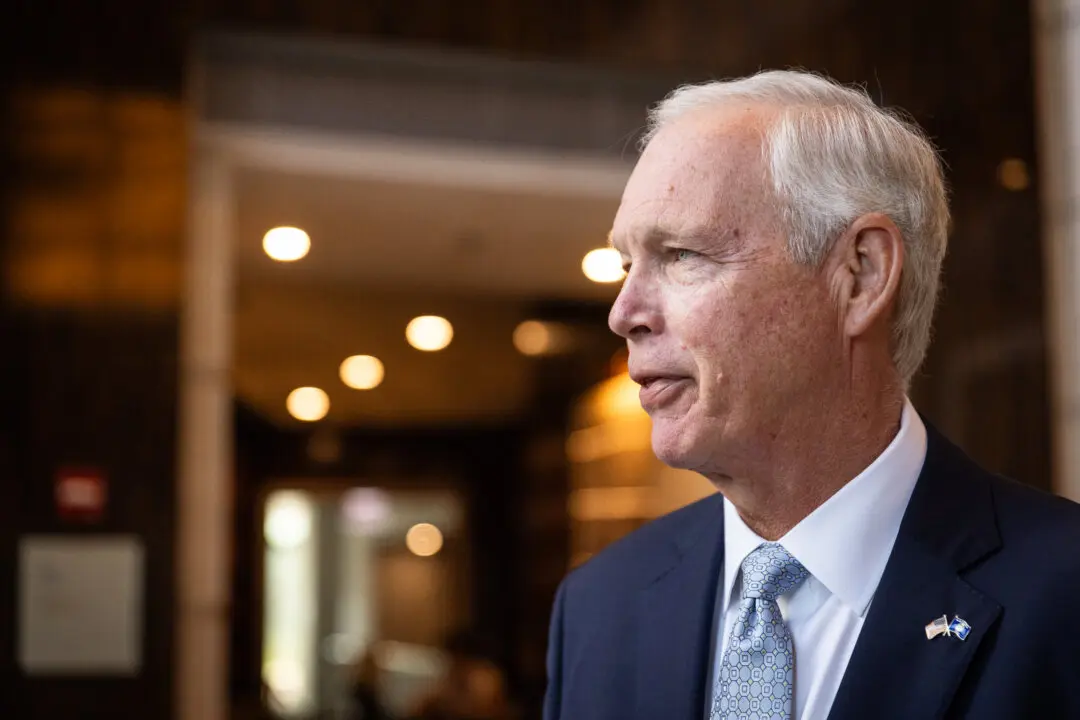A partial government shutdown was triggered on the morning of Dec. 22, after President Donald Trump and Democratic lawmakers failed to reach an agreement on budget legislation.
More than 800,000 government employees were affected by the shutdown, according to a projection released on Dec. 12 by Senate Appropriations Committee staff. About half would be requested to work without pay, while others would be furloughed, or sent home without pay.




